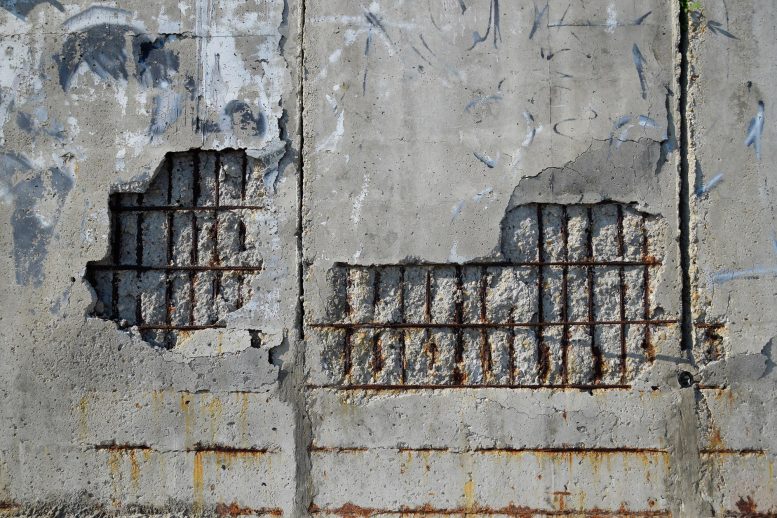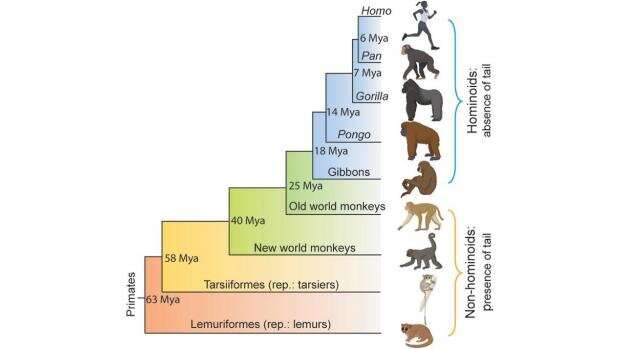Brooklyn Neustaeter
October 10, 2021

TORONTO -- Nearly two-thirds of Canadians say they support health-care workers refusing treatment to threatening or disrespectful patients who are unvaccinated against COVID-19, according to a new survey from Nanos Research.
The poll, conducted by Nanos Research and sponsored by CTV News, found that 40 per cent of Canadians support and 24 per cent somewhat support health-care workers refusing treatment to these patients.
Of those surveyed, 21 per cent said they oppose health-care workers refusing treatment to unvaccinated patients who are threatening or disrespectful, while 11 per cent said they somewhat oppose that. Four per cent of respondents said they are unsure.
Nanos reported that British Columbia residents were more likely to support health-care workers refusing treatment at 50 per cent, compared to residents of Quebec at 29 per cent support.
Nanos also asked Canadians how they feel about current COVID-19 restrictions imposed on people who are not vaccinated, and whether they are too strict or not strict enough.
According to the poll, the majority of Canadians said that restrictions requiring people to be fully vaccinated to go to indoor public spaces (60 per cent) and back to a workplace (63 per cent) are "just right."
Nanos reports that 14 per cent of respondents said the restrictions for both indoor public spaces and workplaces are too strict, while 22 per cent said they are not strict enough. Two per cent reported being unsure of strictness levels in indoor public spaces, and four per cent felt unsure about restrictions on being fully vaccinated to return to the workplace.
The survey found that residents of the Prairies are more likely to say these restrictions are not strict enough (28 per cent each), than residents of the Atlantic, who say that at 17 per cent for indoor public spaces and 15 per cent for workplaces.
The new polling from Nanos also found that 56 per cent of Canadians said staff of businesses should be responsible for ensuring that customers visiting their establishment are vaccinated, while one in five respondents (18 per cent) said it should be up to government employees.
Those aged 55 and older were more likely to say that the staff should ensure that customers are vaccinated at 68 per cent, compared to 51.6 per cent of respondents between the ages of 34 and 54, and 45.2 per cent of surveyed Canadians between the ages of 18 and 34.
According to the poll, 10 per cent of respondents said they are unsure of who should be in charge of ensuring customers that visit a business are vaccinated. Three per cent said it should be up to a combination of authorities, and five per cent said it should be no one's responsibility.
Three per cent of those surveyed said that private security firms should be responsible for ensuring customers are vaccinated. Another three per cent said that responsibility should be placed on police, while one per cent said it should be up to bylaw officers or health inspectors.
METHODOLOGY
Nanos conducted an RDD dual frame (land- and cell lines) hybrid telephone and online random survey of 1,017 Canadians, 18 years of age or older, between Sept. 30 and Oct. 3, as part of an omnibus survey. Participants were randomly recruited by telephone using live agents and administered a survey online. The sample included both land- and cell-lines across Canada. The results were statistically checked and weighted by age and gender using the latest census information and the sample is geographically stratified to be representative of Canada. Individuals randomly called using random digit dialling with a maximum of five call backs.
The margin of error for this survey is ±3.1 percentage points, 19 times out of 20. Charts may not add up to 100 due to rounding.

















